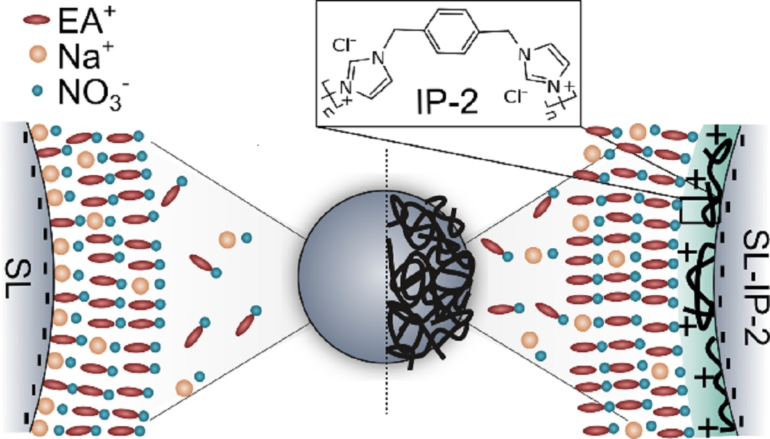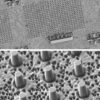In the early 2000s, scientists from the UK made a worrisome discovery that the oceans are teeming with small particles of plastic (less than one millimeter in length) due to the continuous degradation of plastic waste. These microscopic particles of plastic have become a major environmental concern. Scientists classify these small particles as either microplastics or nanoplastics based on their size; the latter term is used exclusively for particles smaller than one micrometer.
These particles easily get embedded into the bodies of marine and freshwater animals, which has raised alarms regarding the pervasive problem of micro- and nanoplastics pollution. Unfortunately, despite substantial efforts, researchers are yet to decipher the detailed mechanisms through which micro- and nanoplastics originate and change over time.
The issue lies mainly in the techniques that have been used so far to observe the degradation process of plastic particles. Simply put, these methods cannot observe the degradation into single particles in real time.
Against this backdrop, a research team led by Associate Professor Daisuke Suzuki from Shinshu University in Japan set out to find a solution to this challenge. In their latest study, which was published in Soft Matter, they demonstrated an innovative approach to observe the degradation process of single microgel particles in real time with nanometric precision. The study was co-authored by Professor Takayuki Uchihashi from Nagoya University in Japan.
The proposed approach has two main lines of investigation. In the first part of the study, a microgel was used as a model for understanding the behavior of nanoplastic particles. The microgel employed was composed of a polymer with cross-linking points that could be cleaved via chemical reactions using an oxidizing agent. In other words, the bonds between the long fiber-like molecules that made up the tiny microgel spheres could be broken in a semi-controlled way by adjusting the temperature and the chemical environment.
The second main line of investigation of the study was the development of a state-of-the-art technique to visualize the degradation of the microgel in real time. The researchers employed a carefully configured high-speed atomic force microscopy (HS-AFM) setup, which involved ‘touching’ the sample with an atomic-sized tip placed at the end of a cantilever and measuring its deflection. Thanks to HS-AFM, the team could observe the change in the shape of the microgel over time with extremely high precision.
After several experiments at different temperatures and microgel compositions, the researchers gained valuable insight into how nanoplastics originate and evolve over time depending on their environment. “The experiments revealed that while nanoplastics containing water easily allowed chemical reactants to diffuse inside, nanoplastics in a water-free state do not readily allow reactants to diffuse. Thus, nanoplastics in different states exhibited completely different degradation behaviors,” explains Prof. Suzuki.
The videos of the microgels degrading in real time illustrate how useful this new approach could be to further the understanding of micro- and nanoplastics. Excited about the possible implications of their remarkable work, Prof. Suzuki comments, “The presented approach has the potential to be expanded into an observation technique that can assess not only temperature variations, but also other external stimuli encountered in everyday life, such as ultraviolet light and stress, enabling nanoscale observations in diverse environmental conditions.”
Overall, the results of this study will pave the way to a better understanding of nanoplastics. In turn, this will give scientists and engineers a better chance at fighting this elusive facet of marine pollution.
Moreover, since micro- and nanoplastics are essential materials used in everyday products like adhesives, paints, and cosmetics, having a firmer grasp on their degradation process will help devise guidelines to mitigate their environmental impact. Such knowledge would also be useful in advanced drug delivery systems, where gels play a pivotal role as delivery agents for drugs.
Prof. Suzuki concludes, “This research will hopefully generate interest in micro- and nanoplastics among the general public, prompting them to reconsider their plastic usage, the primary source of nanoplastics.”
More information:
Yuichiro Nishizawa et al, Single microgel degradation governed by heterogeneous nanostructures, Soft Matter (2023). DOI: 10.1039/D3SM00216K
Provided by
Shinshu University
Citation:
A novel technique to observe colloidal particle degradation in real time (2023, June 14)



